CONTROVERSIAL
CONTROVERSIAL:—Unpopular Canonmills Bridge development has its moments.
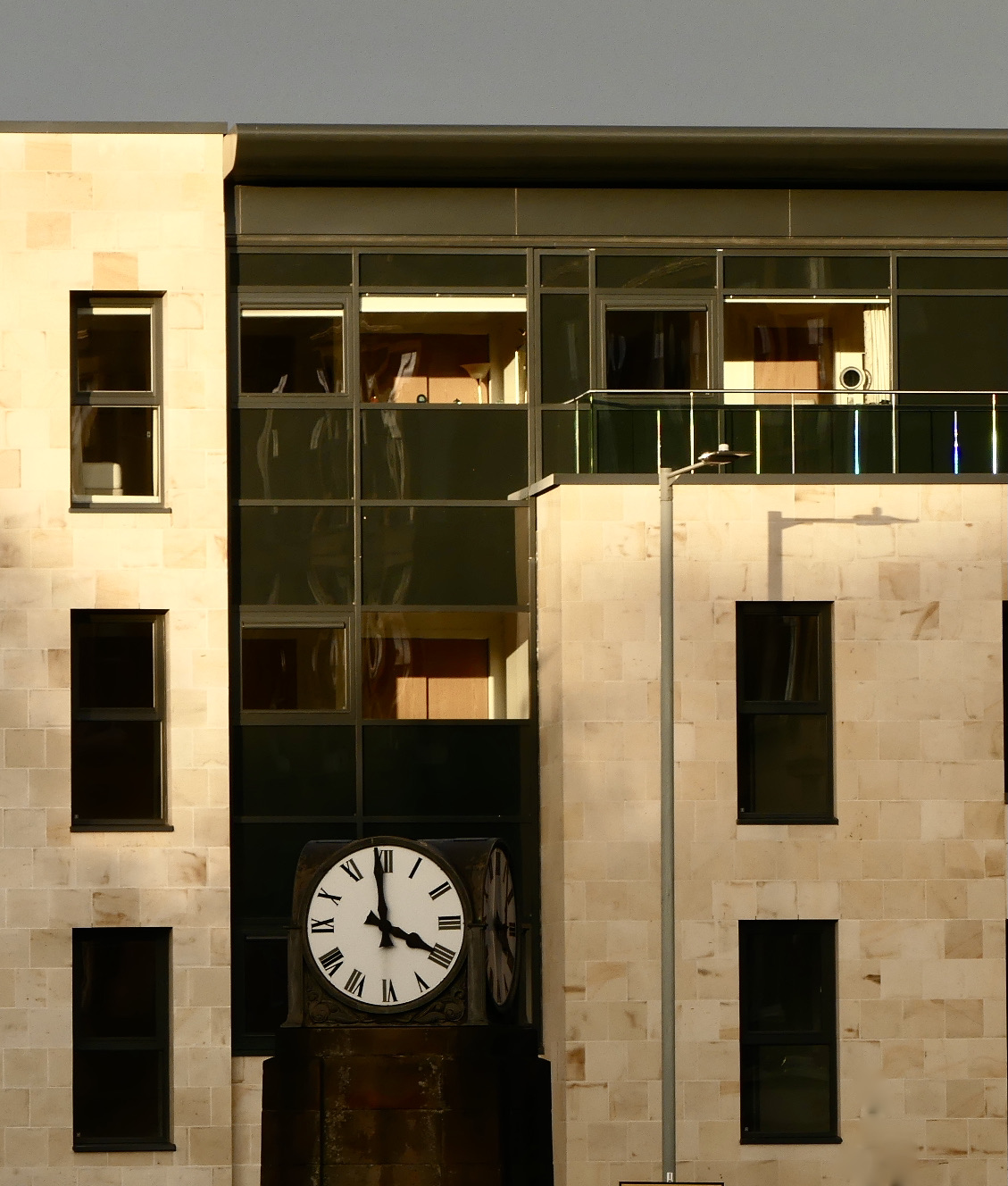

As you read this, advance copies of the November Spurtle are already circulating around Broughton like fallen leaves down a recently unblocked gully.
The new printed issue begins with Leith Walk – how to get across it and whose garden to get comfortable in once you’ve arrived. It continues with a disturbing turn in a usually peaceful neighbourhood, speculates on the next round of hot-air about bins, and ends with a naked appeal for your dosh.
WAY OUT WEST:—Blackness and the triumph of optimism.
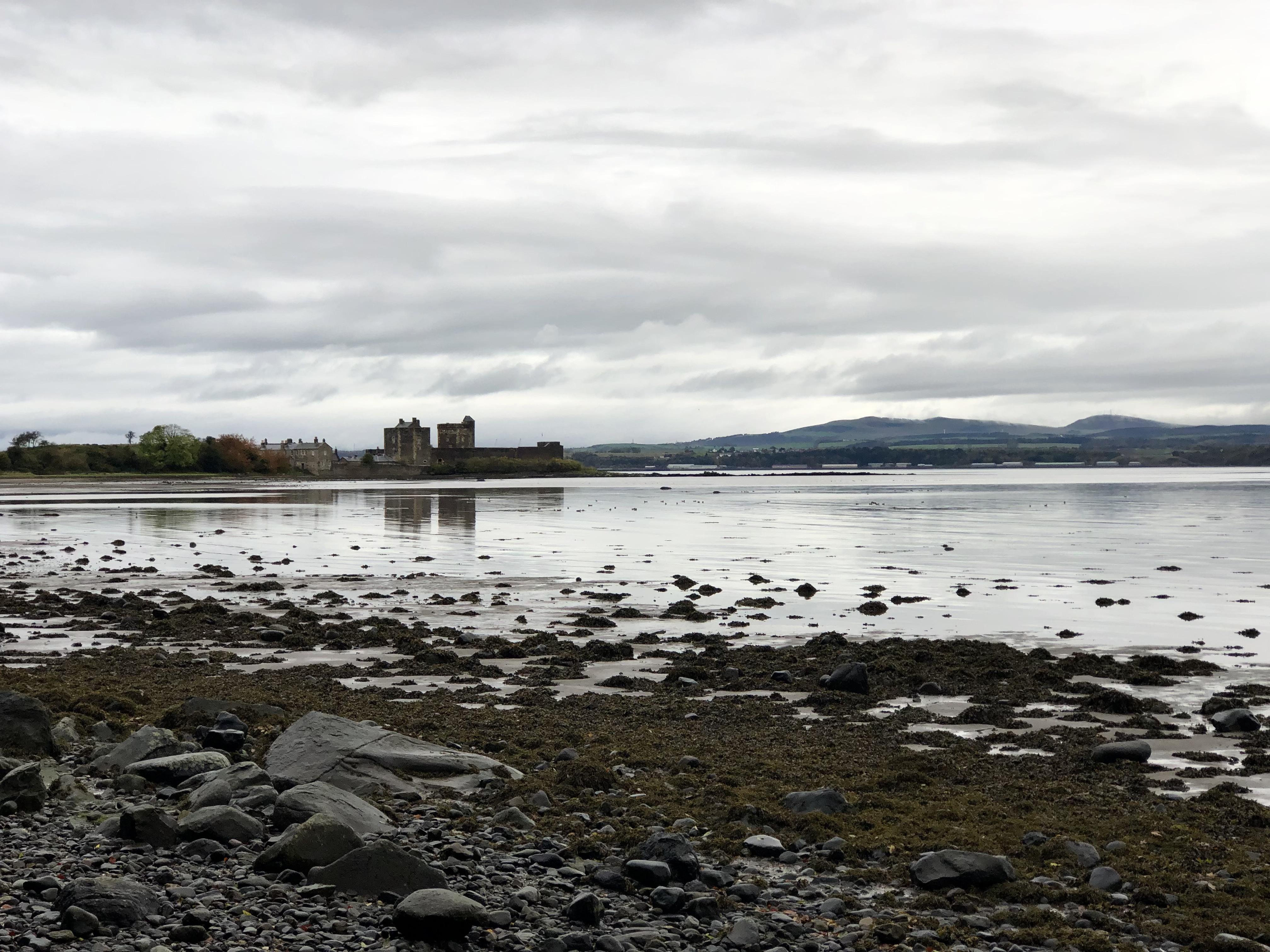

WET WEATHER AND DRY WIT: Redbraes and Brandon Terrace this afternoon.
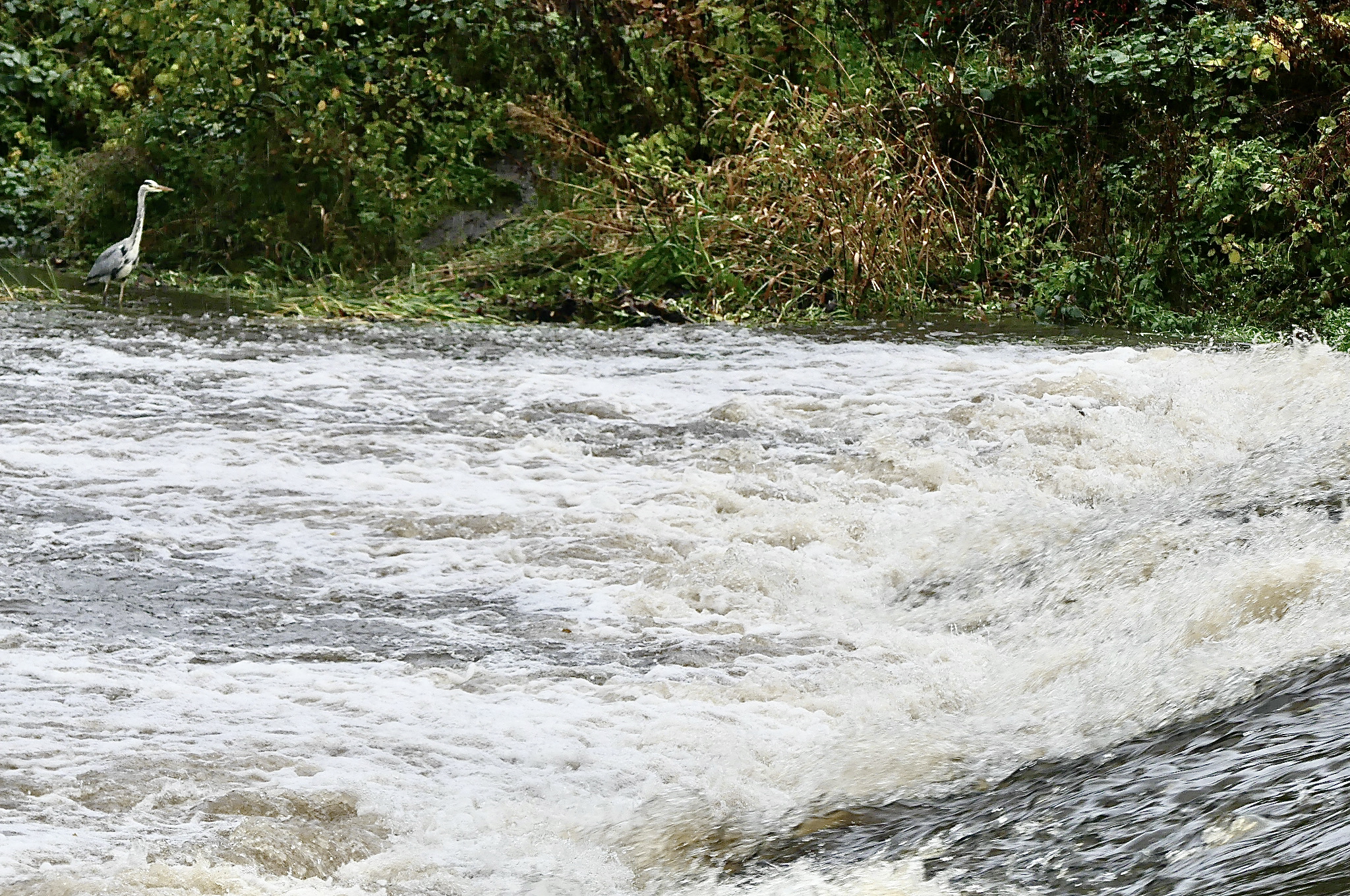
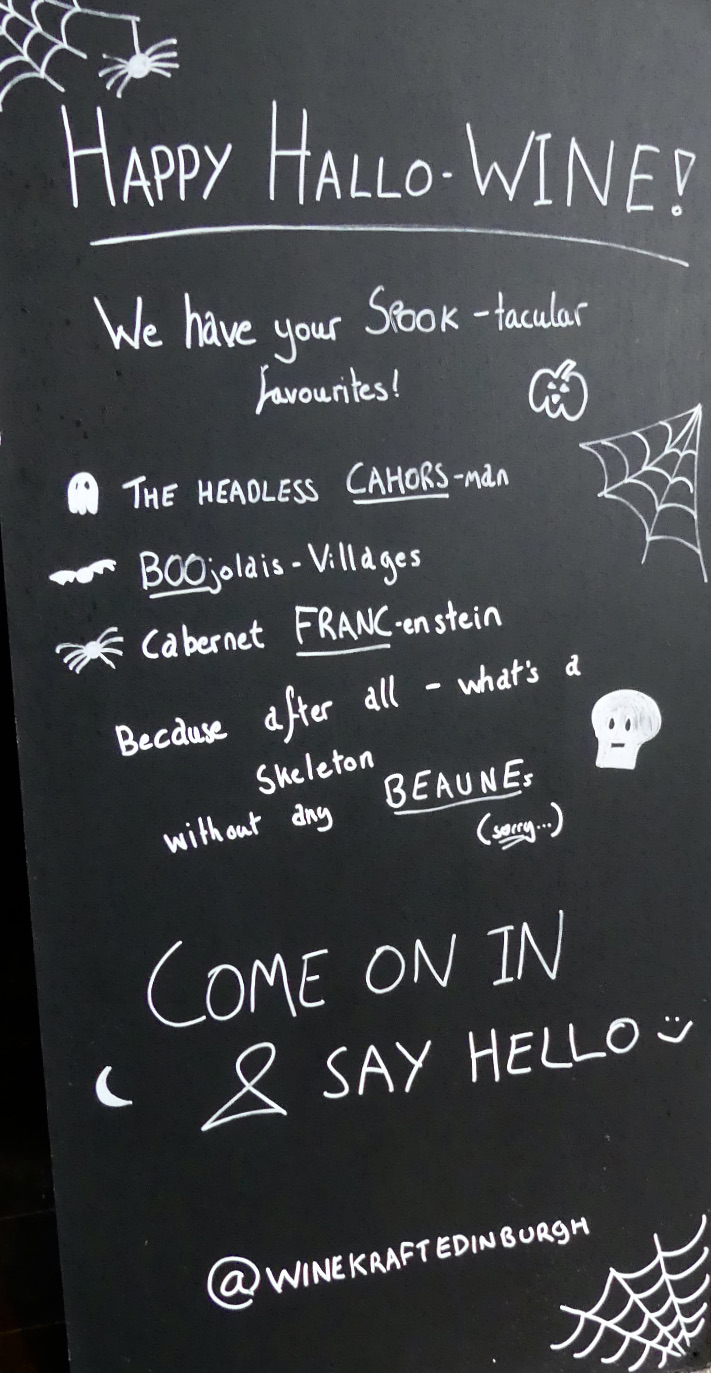
GREEN SIDE:—Greenside Place, Calton Hill, St Mary's RC Cathedral.
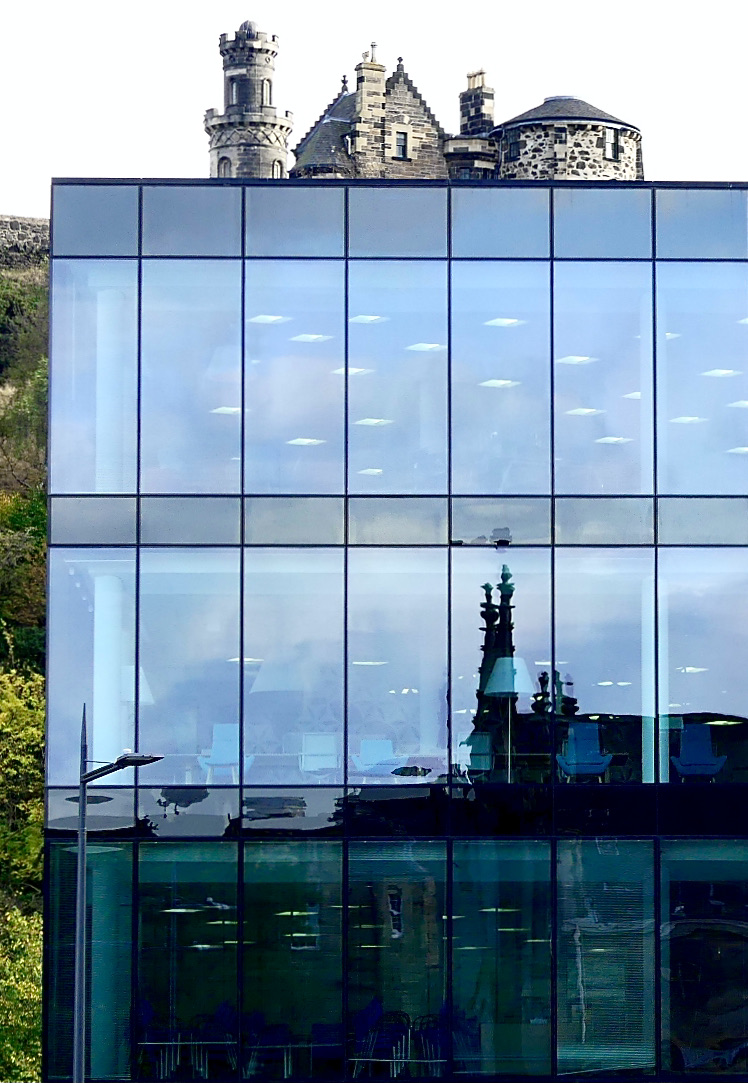
DUTY DONE:—'Drink, drink. Fan, fan. Rub, rub.'
BELLEVUE CRESCENT:—A welcoming space for the sensitive bottom.
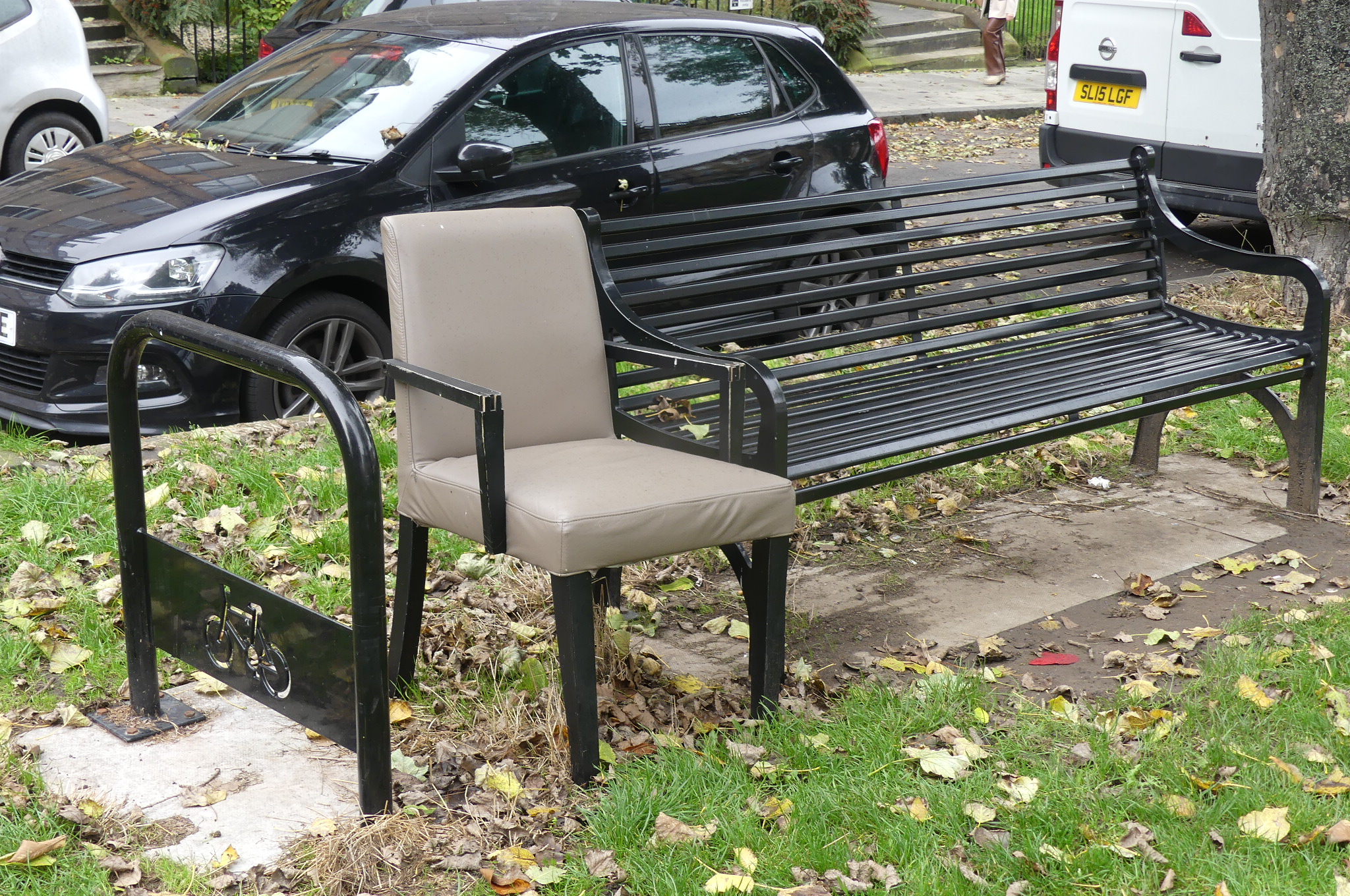
The autumn mid-term break has come early this year on Broughton Road.
Parents and carers at the primary school opposite will unite in wishing Yossi a full and speedy recovery.
Preferably, before the really cold weather sets in.
Christopher Spencer’s exhibition at the Out of the Blue Drill Hall has been extended till Thursday – sustained, it seems, by an inexhaustible font of outrage.
You, Me & Cold War Steve (The International Exhibition of the People) brings together three years’ scorn (2019–21) in the form of 50 artfully manipulated photomontages.
Spencer’s style draws on Hieronymus Bosch’s eye for infernal detail, and the exuberant savagery of Hogarth and Gillivray.
New parcel storage for collecting and sending has appeared outside Tesco Broughton Road.
Unfortunately, there is no room for adverbs.
